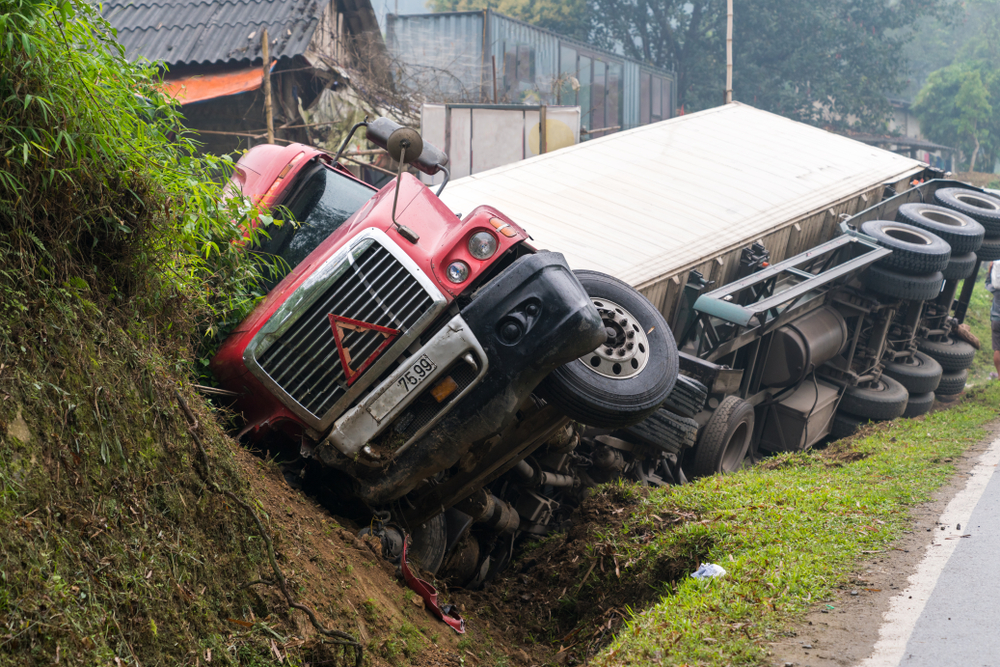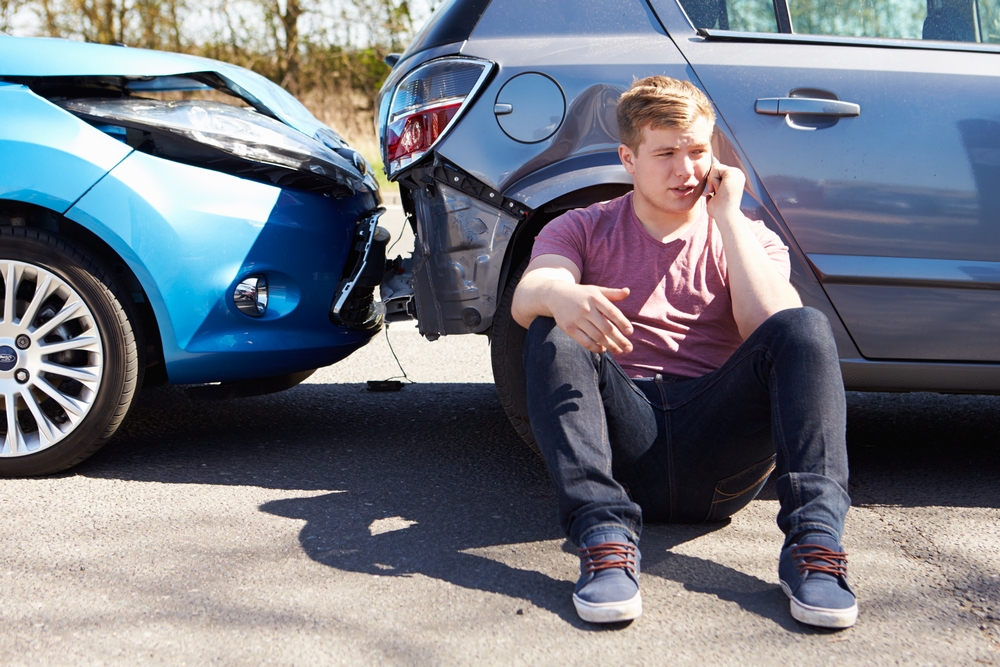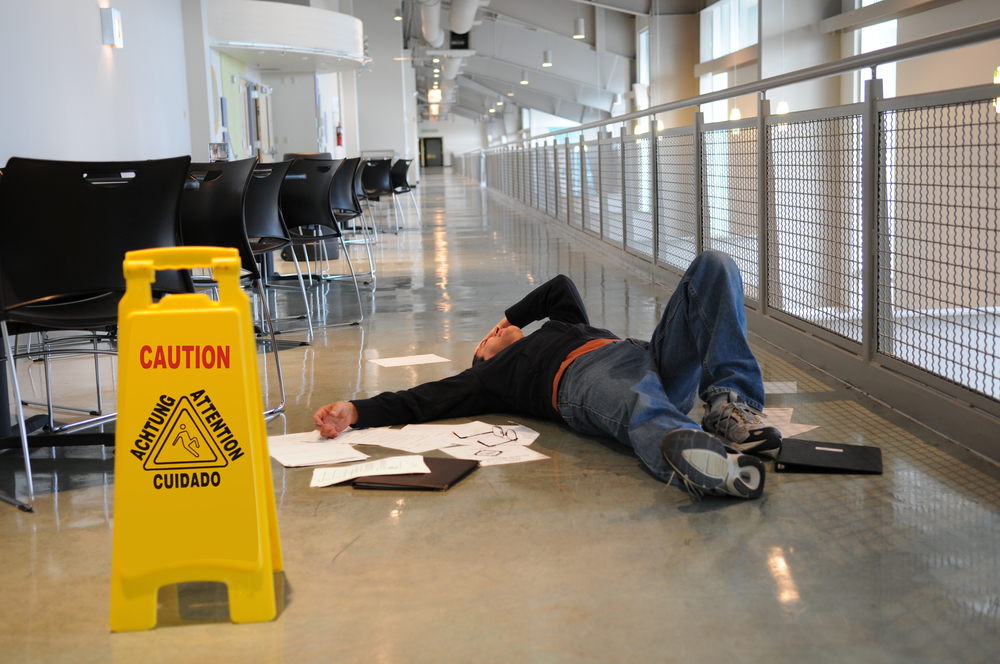Motorcycle lane splitting in Virginia is illegal. Many people think the practice is dangerous; others believe it makes highways safer for motorcyclists. Virginia House Bill 1236 would allow the operator of a two-wheeled motorcycle to pass another vehicle that is stopped or traveling at no more than 10 miles an hour between two lanes of traffic.

What is Lane Splitting?
Lane splitting is also called “whitelining,” “stripe-riding,” “filtering,” and “lane sharing.” Lane splitting occurs when a motorcycle rides between two lanes of traffic driving in the same direction. This maneuver is most often used when vehicles are stopped at a traffic light or for another reason. The reason for using it is to move forward through traffic.
The terms for several maneuvers are sometimes used interchangeably, creating confusion. To clarify:
- Lane splitting – a motorcycle ridden between rows of stopped or slow-moving vehicles, usually driving on the line between lanes.
- Lane-filtering – a motorcycle picks it way through slow-moving or stationary traffic (at a traffic light).
- Lane sharing – two motorcycles are riding in the same lane, either side by side or in a staggered formation.
Where is Lane Splitting Legal?
Legislation has been introduced in several states (including Virginia) that would legalize lane splitting, at least under stated circumstances. In several states, bills to legalize lane splitting have been allowed to die in committee.
The only U.S. State where lane splitting is legal in California.
Lane splitting in Virginia will likely get you a ticket. In addition, if you are involved in an accident while lane splitting, even if it is not your fault you will not be likely to win compensation for your hurts and harms. The fact that you were breaking a law at the time of the accident would probably be viewed as contributory negligence, which would prevent you from seeking or being awarded compensation.
Arguments Supporting and Against Legalized Lane Splitting
There are many opinions about lane splitting. There is also some research on the subject. These are among the most common arguments supporting and against legalized lane splitting.
- It decreases road congestion.
- One of the most dangerous situations for a motorcyclist is to be stopped in traffic (perhaps at a traffic light) and to be rear-ended. This kind of crash will be serious or deadly for the motorcyclist. The alternative is to move out of the way by lane splitting.
- Sometimes inexperienced motorcyclists try lane splitting or riders do so at a higher speed than is considered reasonable. In these cases, lane splitting is very dangerous.
- Drivers are sometimes oblivious to motorcycles under any circumstances. Sometimes they might not spot a motorcycle that is lane splitting and react accordingly.
- Motorcyclists can be put at great risk when drivers of four-wheeled vehicles decide to change lanes suddenly (often without signaling their intention).
- In light of widespread distracted driving, motorcyclists sitting in a place that exposes them to other vehicle traffic are at great risk.
- Vehicle drivers may find it unnerving to have a motorcycle pass them between lanes.
- The National Highway Traffic Safety Administration (NHTSA) has pointed to the widespread acceptance of the practice in a number of other countries and consider it worthy of additional study. Their reason: “. . . it offers a means of reducing congestion in addition to possible safety benefits.”
- A study from the University of California Berkeley in 2015 spoke of lane splitting as a relatively safe strategy if done in traffic moving at 50 mph or less and when motorcyclists do not exceed the speed of the vehicles by more than 15 mph.
- The UC-Berkeley study also suggested that lane-splitting motorcyclists were less likely to sustain head or torso injuries or to die in a crash than those who didn’t split.
- The Governors Highway Safety Association does not take a position, but has called lane splitting “a very risky activity.”
- AAA opposes lane splitting, saying: “Motorists who don’t expect to be passed by a vehicle traveling between lanes can side-swipe a motorcycle or turn into its path.”
Time will tell how Virginia legislators will vote on legalizing lane splitting. It will be interesting to see what happens in other states, as well.
Being involved in an accident with a vehicle is very dangerous for any motorcyclist. Being involved in an accident that was your fault because you were lane splitting will likely be difficult because of the doctrine of contributory negligence. But being involved in an accident when lane splitting because you were forced to execute this move due to the actions of another driver or due to road conditions, or other factors may be defensible. It will be important to speak with an experienced motorcycle accident and auto accident attorney to understand how your accident will be treated under Virginia law.
Call Altizer Law, P.C.
If you or a loved one has been injured in a vehicle-motorcycle crash, whether or not lane splitting was involved, call Altizer Law in Roanoke, VA. Bettina Altizer and her expert team have been helping people recover maximum compensation for their hurts and harms for more than 30 years. They understand that when trying to rebuild your life after a serious crash, it’s about the money.












